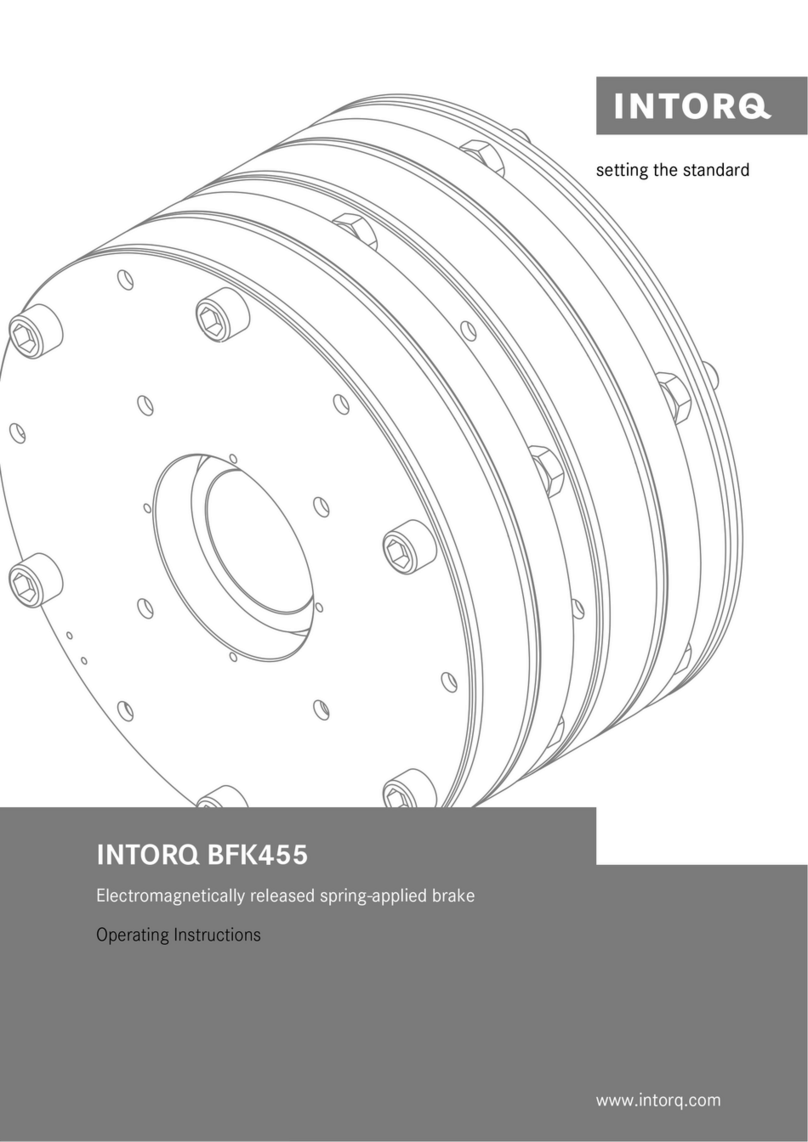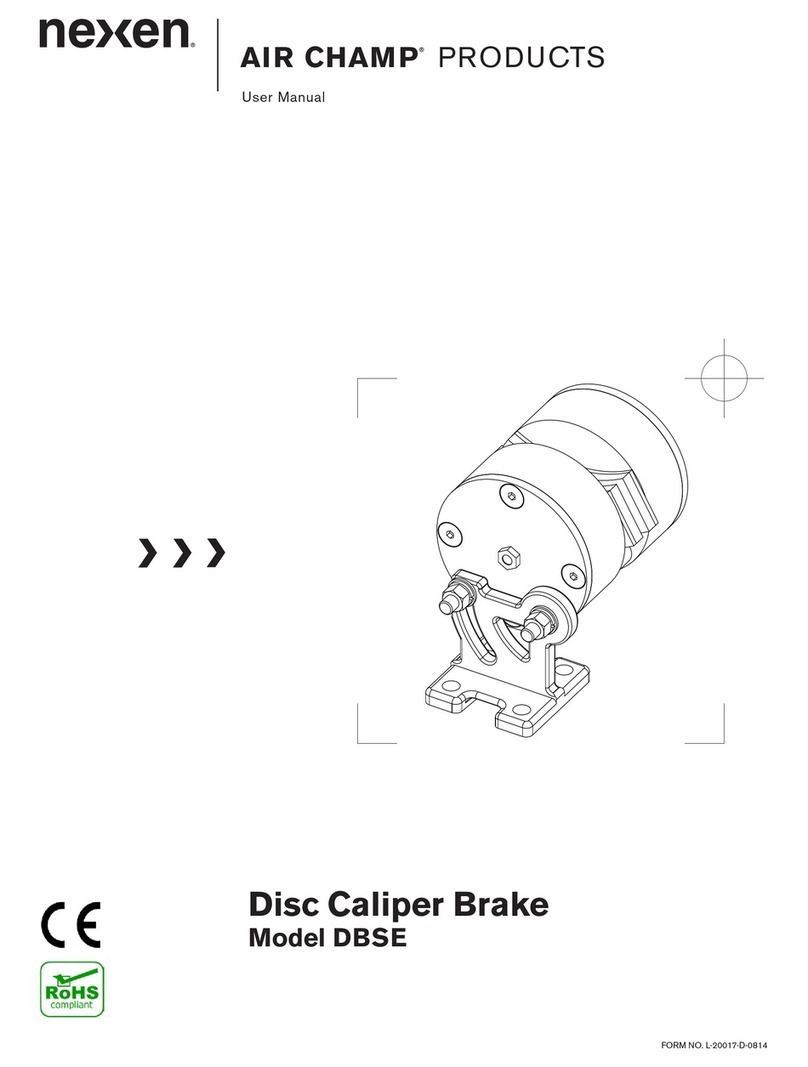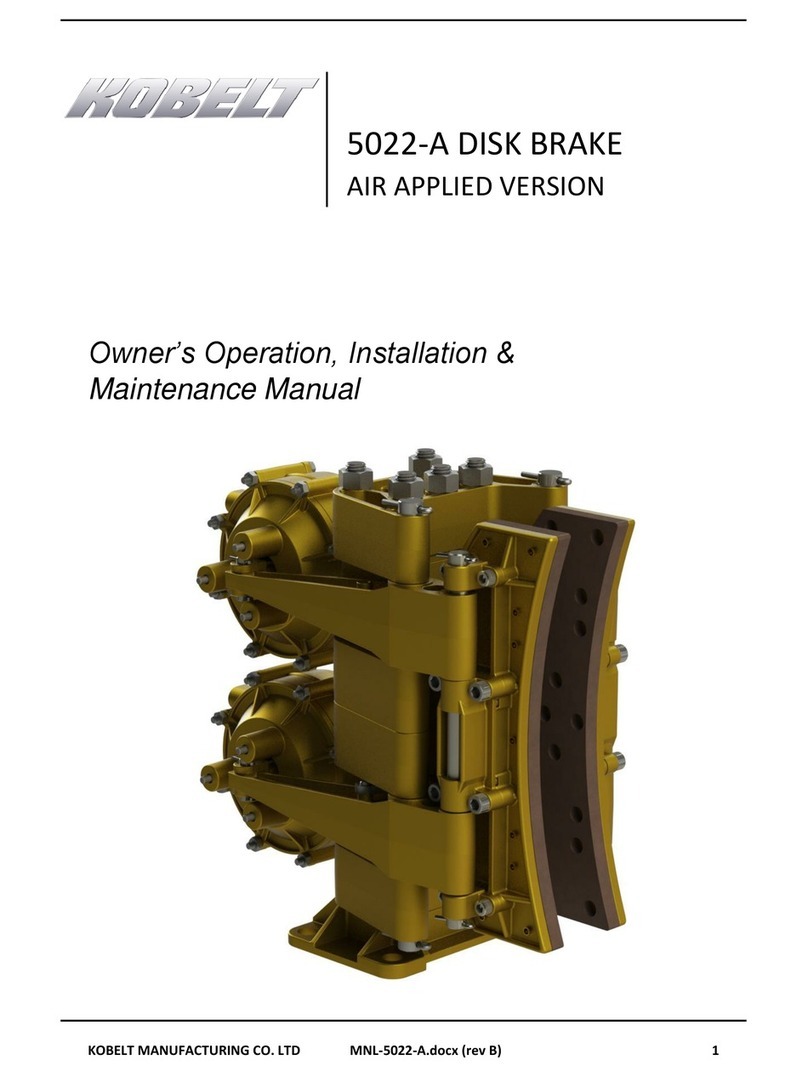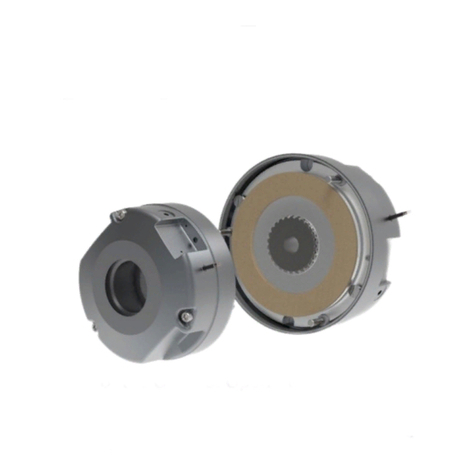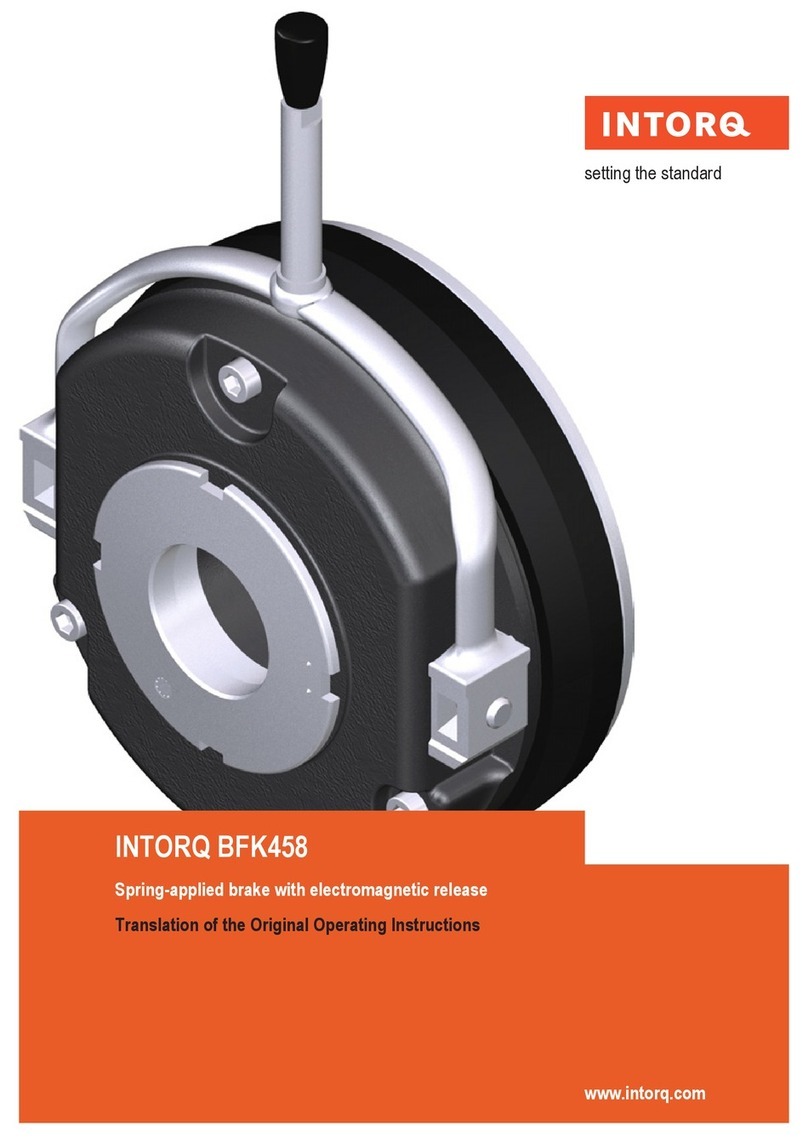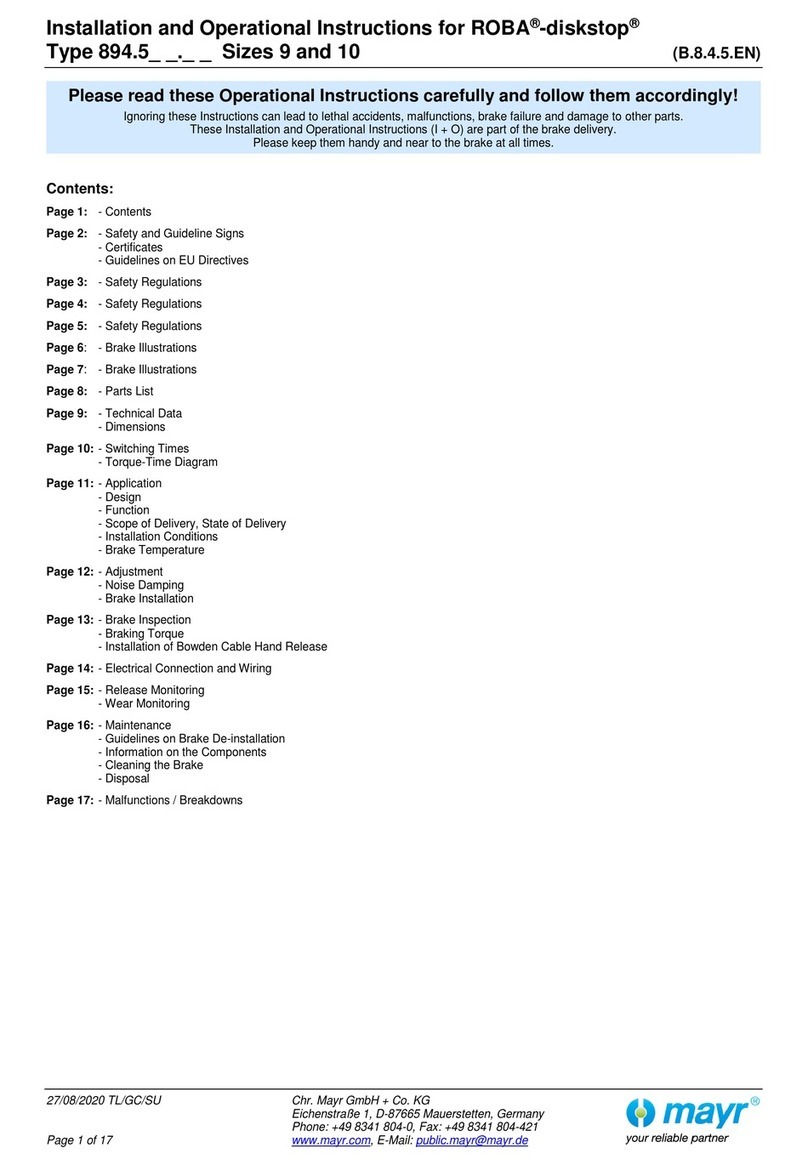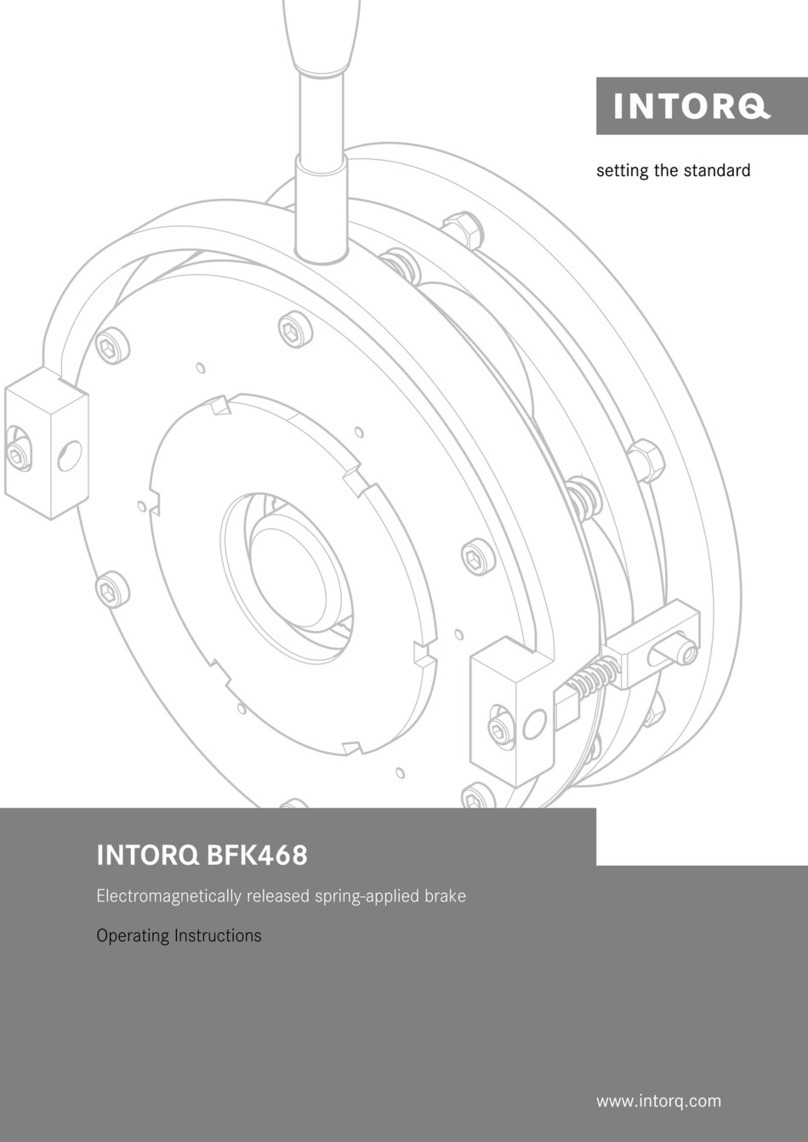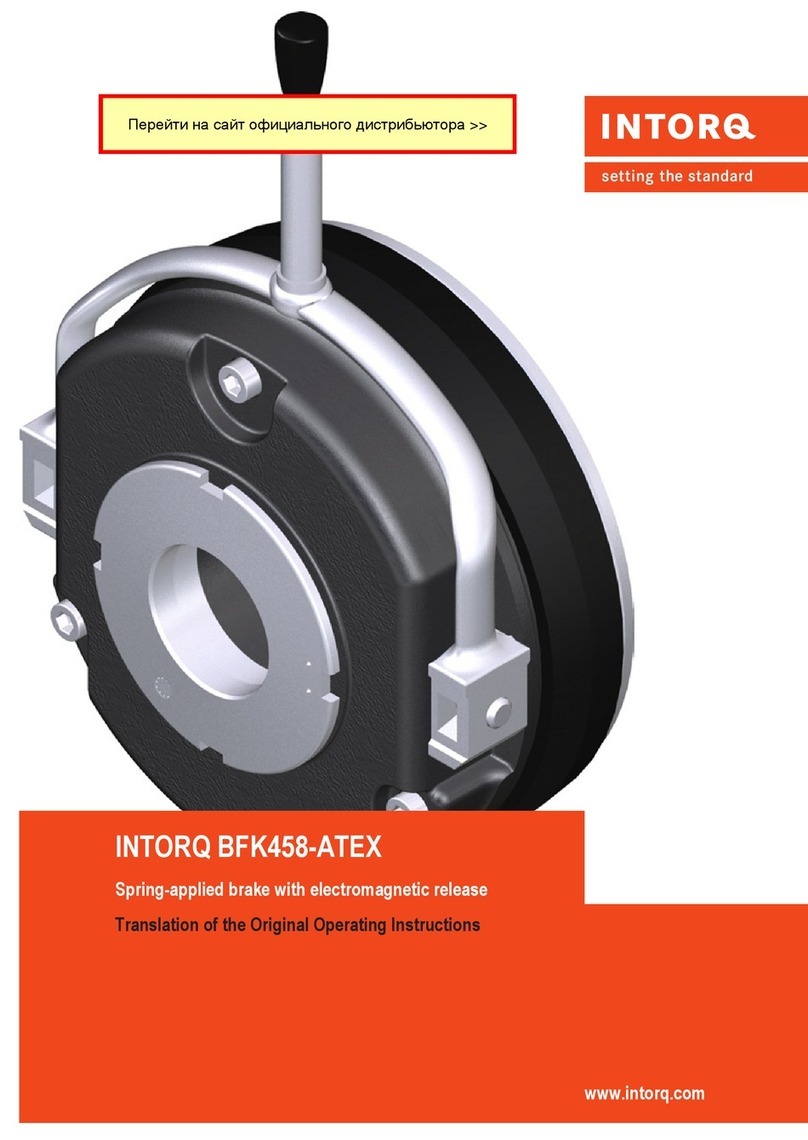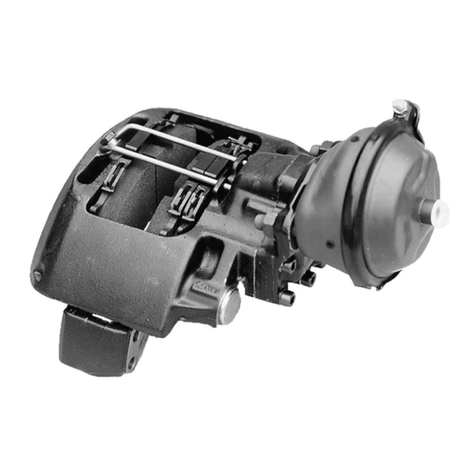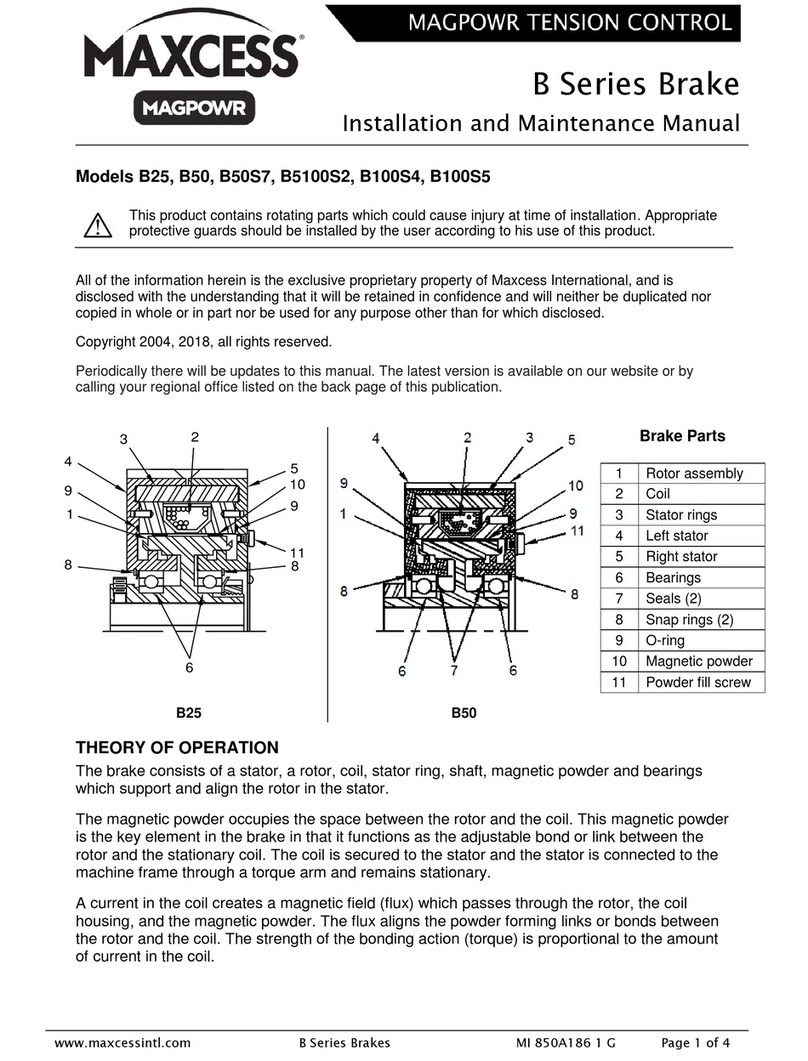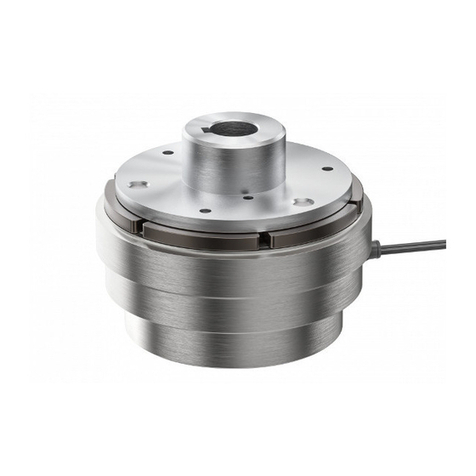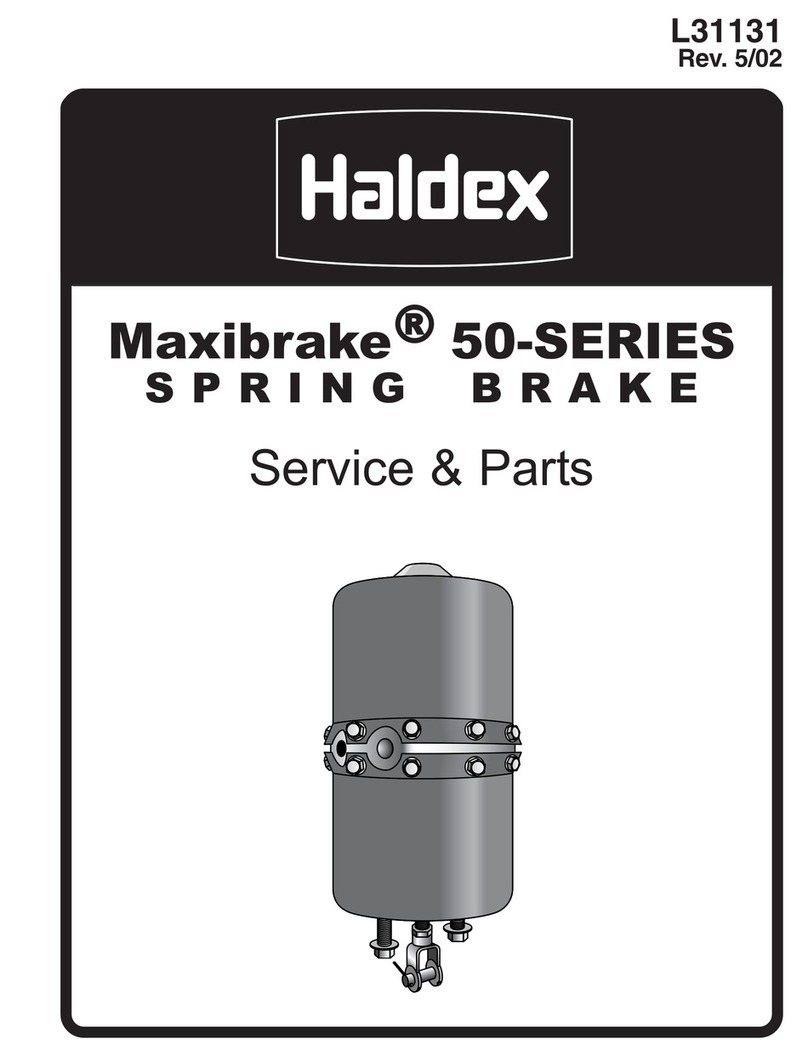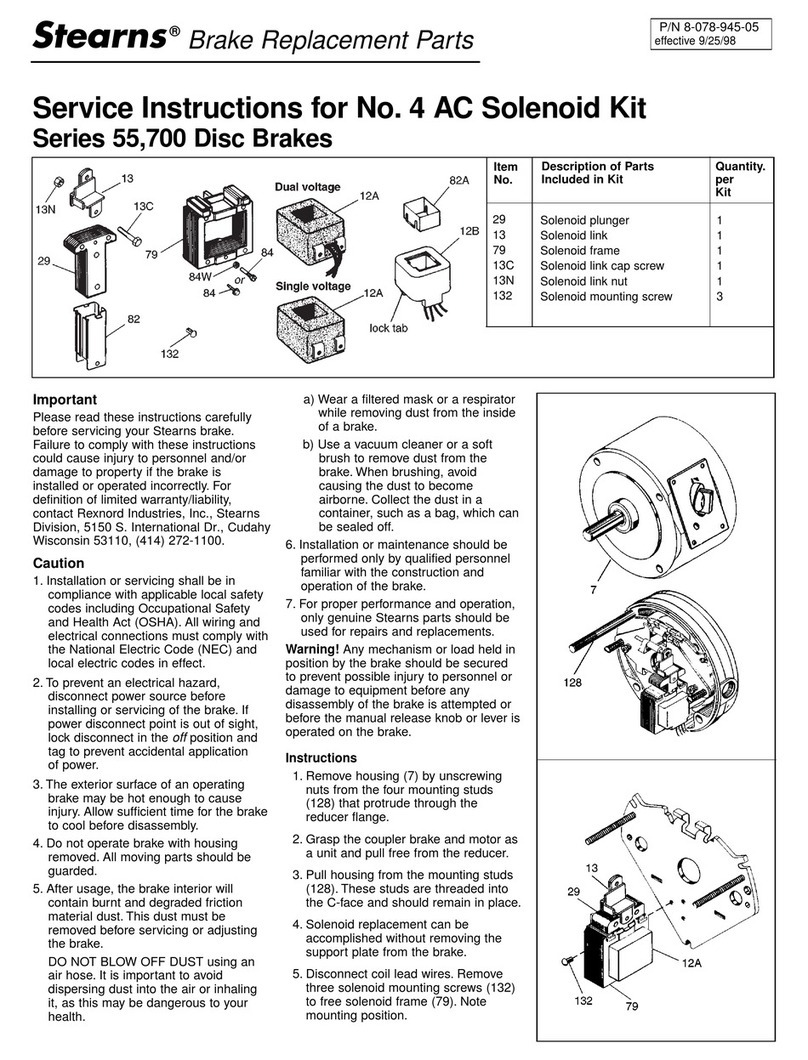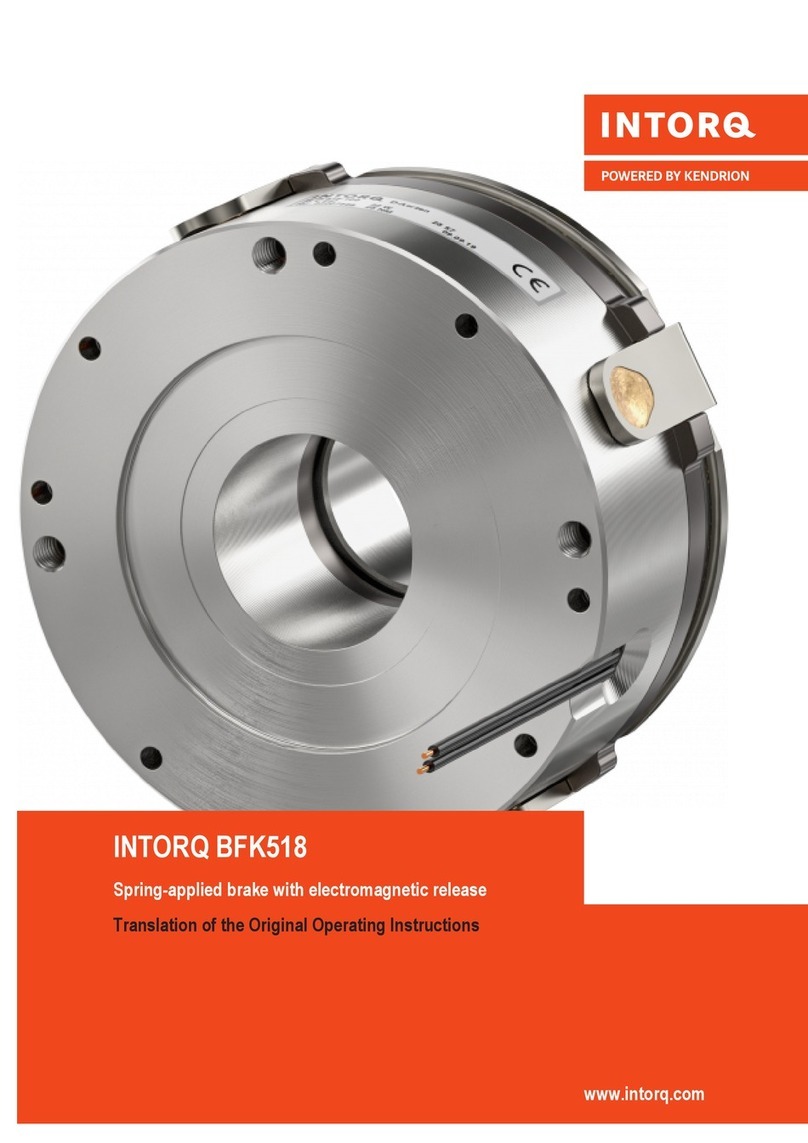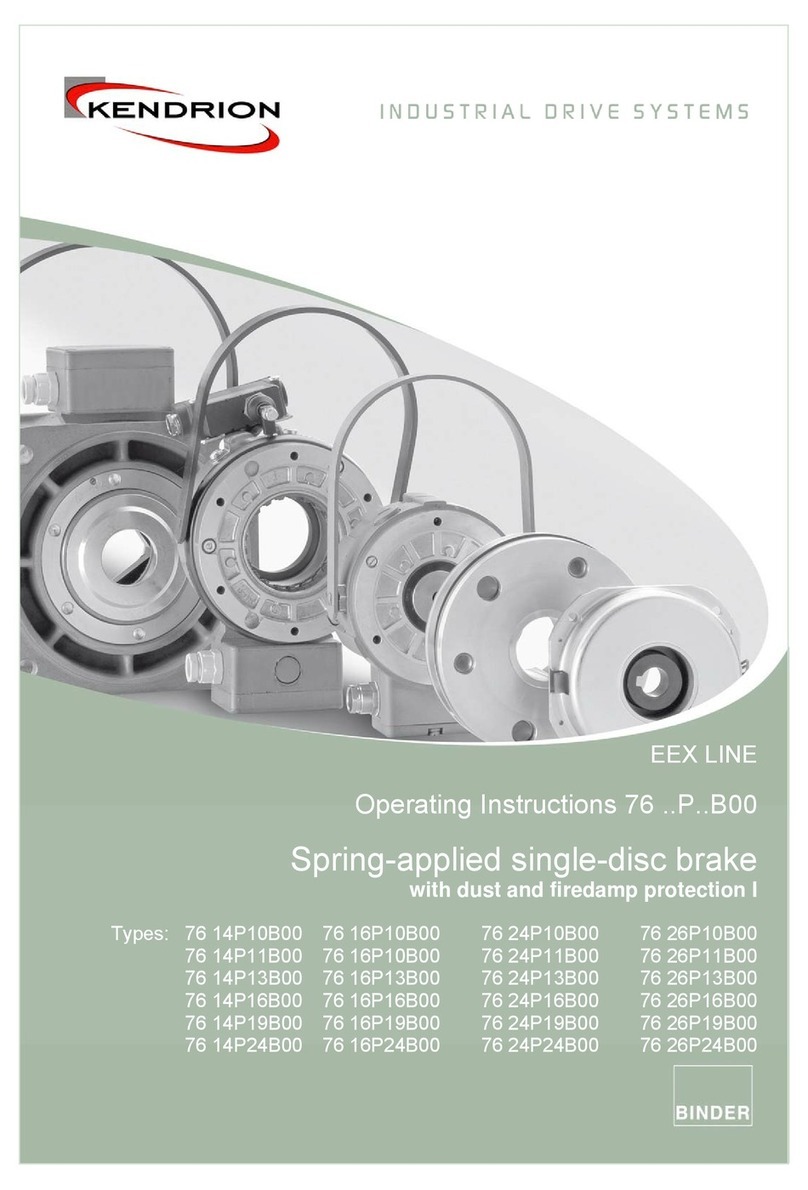
Contents
1 General information................................................................................................................................................... 6
1.1 Using these Operating Instructions...................................................................................................................... 6
1.2 Conventions in use............................................................................................................................................... 6
1.3 Safety instructions and notices ............................................................................................................................ 7
1.4 Terminology used................................................................................................................................................. 7
1.5 Abbreviations used............................................................................................................................................... 8
2 Safety instructions................................................................................................................................................... 10
2.1 General safety instructions................................................................................................................................. 10
2.2 Disposal ............................................................................................................................................................. 10
3 Product description ................................................................................................................................................. 11
3.1 Proper and intended usage................................................................................................................................ 11
3.1.1 Standard applications............................................................................................................................ 11
3.2 Layout ................................................................................................................................................................ 11
3.2.1 BFK551.................................................................................................................................................. 11
3.3 Function ............................................................................................................................................................. 12
3.4 Braking and release ........................................................................................................................................... 12
3.5 Project planning notes........................................................................................................................................ 12
4 Technical specifications.......................................................................................................................................... 13
4.1 Possible applications of the Kendrion INTORQ spring-applied brake................................................................ 13
4.2 Characteristics ................................................................................................................................................... 13
4.3 Switching times .................................................................................................................................................. 15
4.4 Friction work / operating frequency.................................................................................................................... 17
4.5 Electromagnetic compatibility............................................................................................................................. 18
4.6 Emissions........................................................................................................................................................... 18
4.7 Labels on product............................................................................................................................................... 19
5 Mechanical installation............................................................................................................................................ 21
5.1 Design of end shield and shaft........................................................................................................................... 21
5.2 Tools .................................................................................................................................................................. 22
5.3 Preparing the installation.................................................................................................................................... 22
5.4 Installing the hub onto the shaft ......................................................................................................................... 23
5.4.1 Mounting the hub with grub screws....................................................................................................... 23
5.4.2 Mounting the hub using a key................................................................................................................ 24
5.5 Mounting the brake ............................................................................................................................................ 24
5.5.1 Mounting the BFK551............................................................................................................................ 24
Kendrion INTORQ | BA 14.0224 | 02/2021 4

